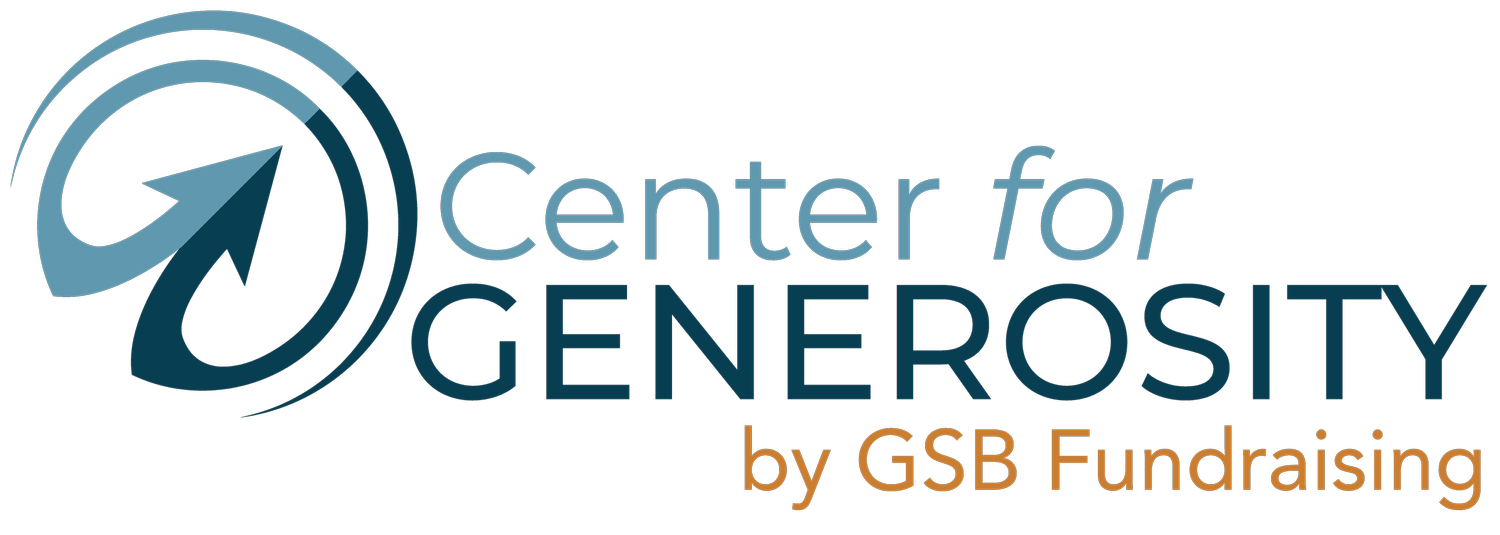Meeting Crisis with CalmWriting your own Narrative
Churches and non-profits have expertise in positively influencing individual lives along with the community at large and even beyond. They are mission, vision, and values driven and their basic existence is predicated on improving the human condition and doing the right thing.
But every organization will face a crisis at some point. A crisis can be a single event. It can be a compounding series of events. It may be sudden. It may be anticipated. It may be current. It may be something from the past. A crisis threatens to disrupt, damage, or even destroy the institution’s business and/or reputation. It impacts “the heart” of the institution and therefore everything happening [within the institution] is now at stake and under scrutiny. A few examples within a myriad of possibilities could include: financial impropriety, natural disaster, safety and security breaches, personnel matters, breaches of confidentiality, sexual/physical/psychological harassment, litigation.
Your planning and preparation NOW means that your institution will be ready when a crisis happens.
One of the worst things that can happen in a crisis is a failed response. A failed response then becomes another crisis.
Although every crisis is unique, there are a variety of best practices so you are prepared for whatever your institution may face.
o Management and the Council/Board complete an Annual Risk Assessment to establish your institution’s “crisis IQ”.
· Do you have practices in place for managing and identifying your risks?
· Is management well-prepared?
· Is the Council/Board well-prepared?
o Assess whether Management takes appropriate steps to maintain and enhance the
institution’s culture and reputation as a routine part of doing business.
· Do you have a successful public relations plan?
· Is there an expectation and execution of regular, open and transparent communication from the institution?
· Does the institution have clear statements that are regularly updated, disseminated and which hold people accountable that prohibit certain behaviors?
· Does the institution have practices and stated policies in place for hearing and responding to complaints, questions and concerns?
· Does the institution demonstrate an open, responsive and timely reactions to non-crisis situations?
o Adopt a Crisis Management Plan.
· Does the plan include key elements related to the areas where your organization is at most risk?
· Does it provide direction for immediate response/action?
· Is there a process for keeping it current?
· Does leadership know where/how to access the plan?
· Does it include “practice”?
· Does it include a comprehensive communication strategy including response to media?
o Implement a post-crisis assessment and plan
· What is your plan to restore your reputation and brand; internally and externally?
· How do you support and counsel your team, stakeholders and other constituents who may have been directly impacted by the crisis?
· What was learned and what changes/new practices need to be maintained to be better prepared for the next crisis that occurs?
While managing a crisis the institution must be positioned to continue serving its mission. There needs to be a focus on “doing business as usual” while managing the situation. With a strategy for managing a crisis, it is clear who is managing the crisis and who is continuing to carry out the work of the institution. Think of the crisis as one grain of sand on the beach versus it being the entire beach. Keep it in perspective. Being prepared before, during and after allows that perspective to be the reality. Bad things can happen in good organizations. Being prepared can prevent the situation from becoming the organization’s identity.
